Analyzing the role of the tumor microenvironment in platinum drug-resistant ovarian cancer
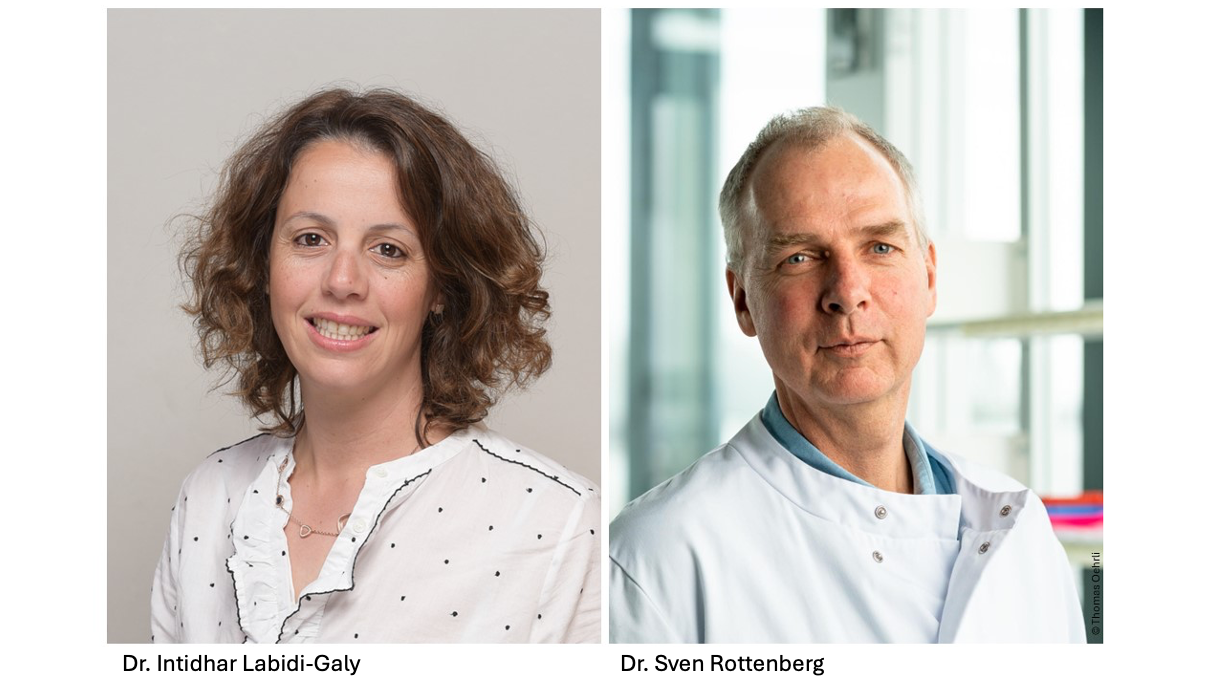
High grade serous ovarian carcinoma (HGSOC) is the deadliest gynaecological cancer, with a median survival rate of 3 years. Standard treatment involves surgery followed by chemotherapy, typically using platinum and taxane agents. While chemotherapy frequently works well initially to shrink tumors, most women later develop platinum-resistant tumors, that are often fatal. This TANDEM project aims to understand the underlying factor of this resistance, in order to improve immunotherapeutic approaches and develop more effective treatments.
Treatment of HGSOC is a major clinical hurdle, not only because of the commonly developed resistance to chemotherapy, but also due to the fact that it does not respond to recently discovered therapies such as immune checkpoint and targeted T-cell therapies. The reasons for its chemotherapy resistance and insensitivity to immune checkpoint therapy remain unclear.
In this project, the team uses a unique set of patient-derived samples that were collected after resistance had developed and applies cutting-edge molecular technologies to analyze the spatial distribution of cellular and subcellular compartments. Through this, they aim to understand the disease heterogeneity and pinpoint changes that result in resistance.
Preliminary data suggest that platinum-resistant HGSOC is characterized by the accumulation of immune cells called tumor-associated macrophages. These cells are the most common cells in the tumor microenvironment and play a vital role in cancer survival and progression. Leveraging imaging and sequencing tools, the team will identify cell types responsible for resistance, and will gain insight into the spatial distribution and status of the tumor associated macrophages. In this way, they hope to decipher the role these macrophages play in the platinum resistance of HGSOC. Ultimately, these results may lead to an improvement of immunotherapeutic approaches, specifically in the case of platinum-resistant HGSOC.
Identification of new targets to treat prostate cancers that are non-responsive to available treatments

Prostate cancer is the most common cancer among men, affecting 1 in 8, and is a leading cause of cancer-linked mortality and morbidity. Even though localized prostate cancer is highly treatable with surgery, radiation therapy, or active surveillance, survival rates are poor for men with metastatic disease. Existing hormonal therapies in general induce responses initially, but in the majority of cases, their initial effectiveness fades and eventually fails, leading to metastatic castration-resistant prostate cancer (mCRPC).
In addition to hormonal therapy, one of the most promising current treatment regimes for mCRPC uses radioactive compounds linked to antibodies targeting a cell surface protein on mCRPC cancer cells. Such targeted markers are unique to tumor cells, and the binding of high-energy radioactivity, which acts over a small distance, kills these cells efficiently. Unfortunately, up to 30% of patients fail to express the proteins necessary for the radioactive antibody conjugate to recognize the tumor cells and are thus not eligible for this therapy. In addition, only 50% of the patients that express the appropriate marker protein respond well to the treatment.
The main goal of this project is to nominate new therapeutic targets for patients with mCRPC who are not eligible or resistant to this treatment by identifying new surface proteins unique to prostate cancer. This is a laborious process as many tumors need to be sampled and tested to find proteins uniquely expressed on the surface of the cancer cells and not on normal cells. Such probes will ensure that only the tumor cells are being targeted by the radioactive substance during the treatment. This is particularly important as the probe gets introduced into the bloodstream and not injected locally. Not only would this provide treatment for men who at the moment are not eligible for a theranostic treatment, but it could also lead to the further development of other therapy modalities for these patients, using targeted therapies such as CAR-T.
Investigating the connection between circadian system and lung tumor generation to personalize time schedules for chemo-immunotherapy
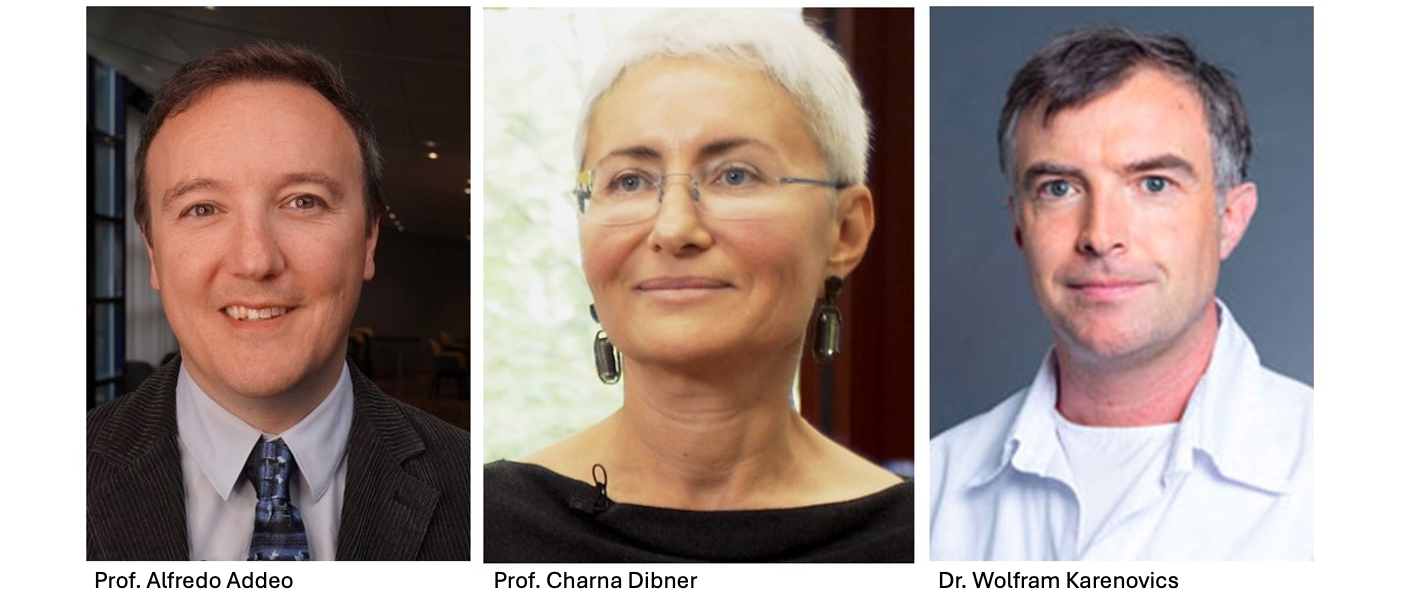
Lung cancer is one of the most prevalent causes of cancer-related deaths world-wide, largely because most patients have already developed metastases at the time of diagnosis. Besides a need for earlier diagnosis, there is a fundamental lack of effective therapies for lung cancer. As a result, lung cancer has a poor prognosis and low survival rate. In this collaborative TANDEM project, a basic scientist, a surgeon, and an oncologists aim to innovate lung cancer therapy by making use of the body’s internal “circadian” clock to maximize therapeutic impact.
The circadian system evolved in light-sensitive organisms to serve as an intrinsic biological clock with oscillation periods close to 24 hours, in line with geophysical time. It is the molecular time-keeping system operative in most of the cells in the body which drives our physiological activities. Additionally, linked to this is a cell division clock, which drives both normal growth and tumor development. Upon malignant transformation, that is the generation of cancer cells from normal cells, both of the above-mentioned cell-control systems undergo massive changes, resulting in tumor formation.
This project proposes to optimize chronotherapy for lung cancer. Chronotherapy means that the “treatment schedule” is timed in order to align the introduction of medicine with the patient’s natural circadian rhythms. Preliminary data show that for certain types of cancer, the coordination of the administration of anti-tumor drugs at certain times of day improves the effectiveness of chemotherapy and reduces toxicity. Inspired by this emerging potential, the TANDEM team will study the chronobiology of lung cancer, to see if the coordination of therapy with the circadian cycle can improve the outcome for lung cancer patients.
The project has two goals. First, they will refine the diagnostics of lung cancer, and second, they will develop personalised time schedules for the administration of chemo-immunotherapy. This will be achieved by analysing the interaction of the circadian clock with lung cancer progression, and secondly, by analysing the reaction of the patients to therapy administered at different daytimes. This should enable an optimization of lung cancer therapy and improve personalized care.
Using tissue derived from the patient to predict effectiveness of different treatments to find the best one for each patient
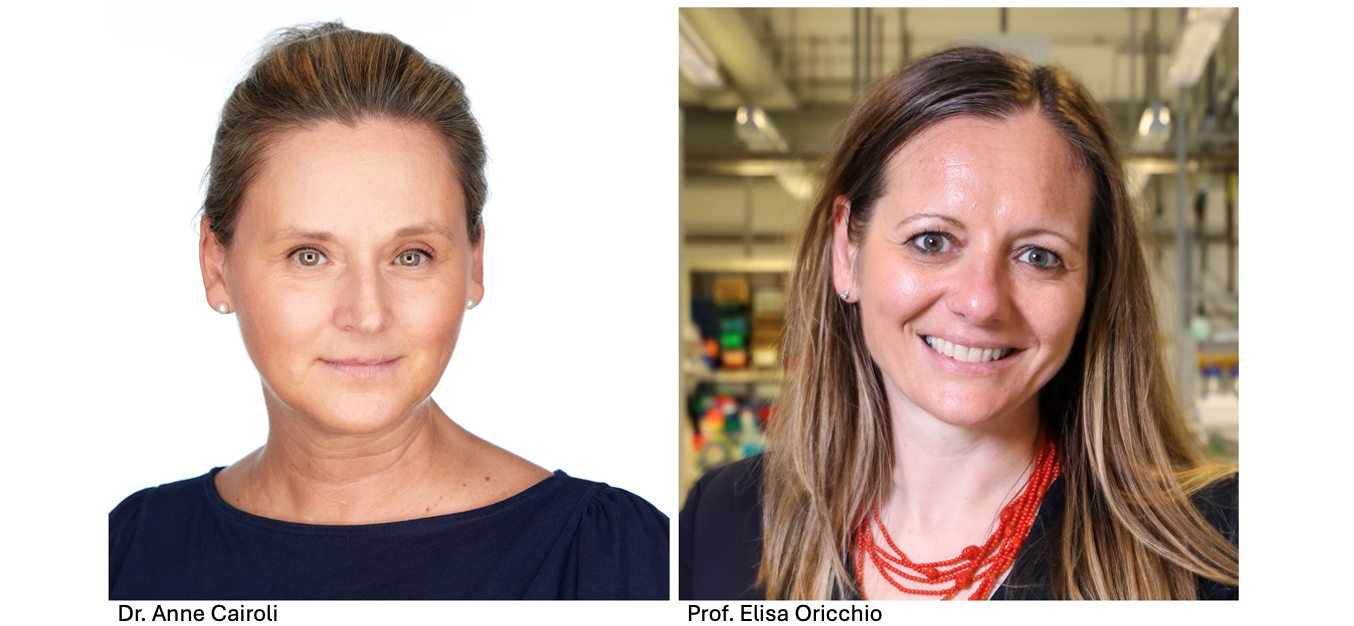
The use of molecular and genetic approaches to personalize medical treatments is well on its way to transform cancer therapy. This is because personalized medicine can generate customized therapies and avoid the use of ineffective, and often debilitating, molecules. Currently, cancer treatment is based on tumor stage, mutation profile, and clinical history, while crucial factors such as the tumor heterogeneity and its microenvironment are rarely taken into account. These latter factors, however, are often the most variable and can influence therapy response. Thus, there is an urgent need to incorporate patient-specific data into decisions on the choice of treatment.
This project aims to develop an automated culture system of patient-derived tumor explants. These tumor avatars are unique to individual patients and provide a platform to test sensitivity of each tumour to various treatments. This information could be used to anticipate clinical response, and therefore could guide the hemato-oncologist in selecting the most effective molecule for each patient. In this project the team works with patients affected by non-Hodgkin lymphoma, a group of cancers originating from mature lymphocytes (type of white blood cell).
The team has a number of promising preliminary results. First, the basic research team has developed a method to culture small fragments of the tumor tissue taken from the patient in such a way that key features of the tissue including the cellular composition and architecture are preserved. These fragments, called lymphomoids, can subsequently be used to test the sensitivity to various therapies. Ultimately, the goal is to optimize the lymphomoid technology as a clinical tool to find the most suitable treatment for each lymphoma patient. The team will use cutting-edge image analysis of spatial features to understand the effect of the treatment on both the lymphoma and the neighbouring cells forming the tumor microenvironment. In addition to better tailoring existing treatment to specific patients, this technology can also be used to discover novel therapies.
Ineffective therapies are associated with potential toxicities and ultimately lead to the emergence of resistant diseases that are more difficult to treat. Therefore, implementing a technology that could directly identify these inefficient treatments in routine clinical practice would be groundbreaking and could significantly improve patients’ prognosis and their quality of life.
Analyzing tertiary lymphoid structures as part of the brain tumor environment to develop immune therapies against glioblastoma
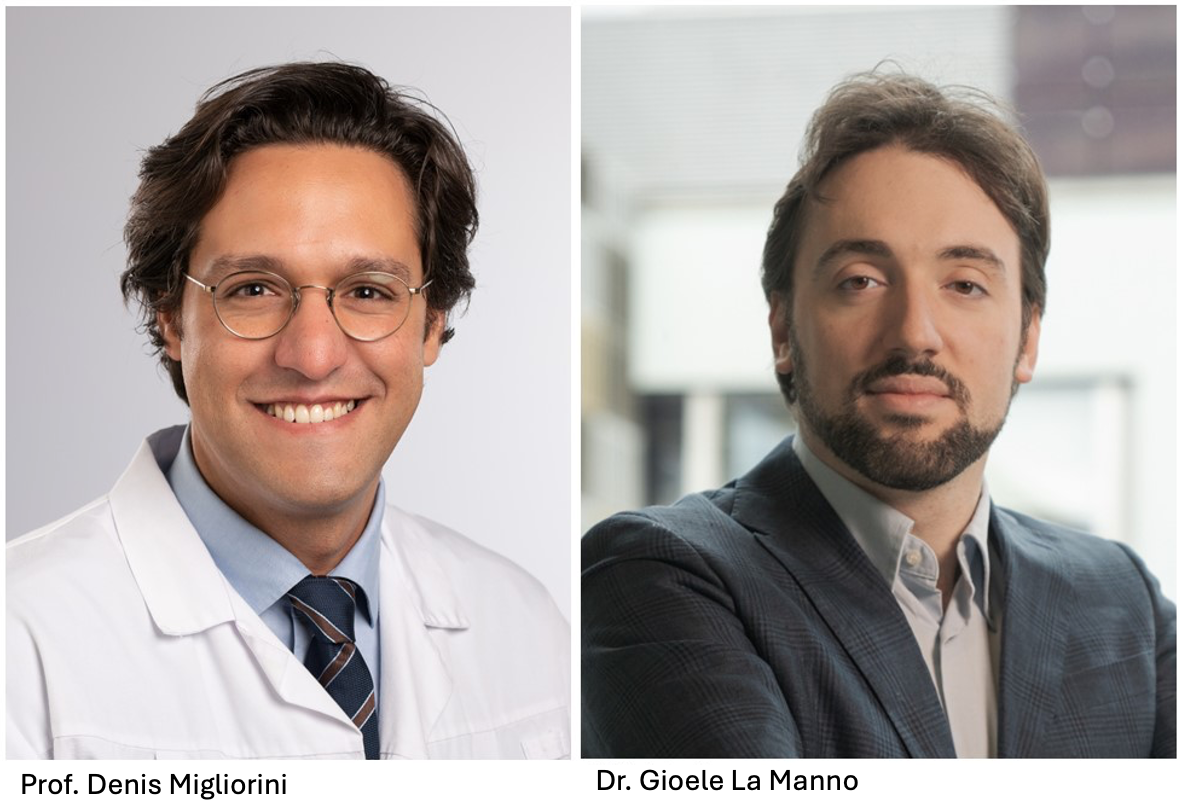
Glioblastoma (GBM) is the most common and malignant primary brain tumor in adults. The aggressive and invasive nature of the tumor and its heterogeneity often render it resistant to standard therapies, including chemotherapy, radiation and surgery, leading to a survival rate of less than two years. In this TANDEM collaboration, the team hopes to improve the outcome of GBM treatments by advancing their understanding of the interaction between this tumor and the cellular environment that surrounds it.
Tertiary lymphoid structures (TLS) are ectopic (misplaced) parts of the lymphatic system that develop in non-lymphoid tissues, and which form, importantly, at sites of chronic inflammation such as tumors. Past work has shown that TLS are highly relevant to the prognosis of cancer patients as they form part of the cellular environment that surrounds the tumor, the TME. A major focus of anti-cancer research has been on the macrophages found in TLS, as these white blood cells can either promote or hinder tumor growth, by helping remodel the tissues that surround and support the cancer.
The researchers aim to understand how tertiary lymphoid structures interact with the TME in glioblastoma patients, in order to eventually trigger an anti-tumor immune response in the TLS. Specifically, the project will characterize the repressive TME that blocks normal immune system function, with the ultimate goal of reprogramming the TLS and combining it with CAR-T cell treatment, an advanced T-cell-specific immunotherapy in which T lymphocytes are programmed to recognize tumor cells.
Over the next three years, the team will apply cutting-edge technologies based on the in vivo imaging of gene expression in cells within normal and tumor-containing tissue sections, in order to identify and analyze the contents of the TLS. They aim to understand the intricate interactions of the lymphoid structures with the TME, which helps sustain both the tumor and the TLS. This new knowledge may serve to generate new avenues for therapy, namely the reprogramming of macrophage states in order to support the attack of programmed T cells (CAR-T) on the tumor. The extremely aggressive behavior of glioblastoma and its high mortality rate add urgency to their search for new therapies.
Development of an endoscope to better define tumor margins during surgery
Supported with the generous contribution of the LARDECO Foundation
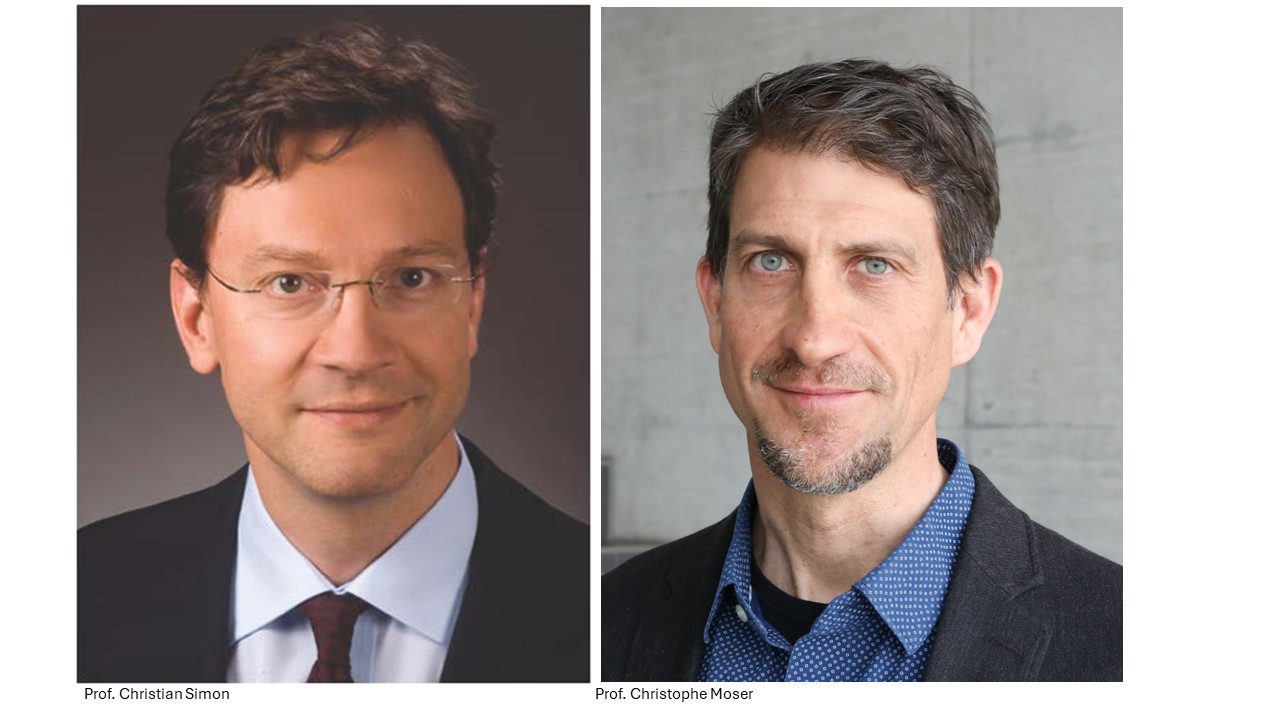
Neck and head cancers (HNC) are lethal and mutilating. With over 150’000 new cases diagnosed each year in Europe alone and 370’000 deaths world-wide, these cancers have a significant impact on the human population. The main issue with HNC is that they have characteristic infiltrative growth, which means that the disease can escape eradication by local surgery and spread. This TANDEM project aims to improve the technology used to make HNC surgery more efficient.
For more than 50% of the HNC patients the first-line treatment is surgery. During those interventions it is essential that the surgical margin (the “border” between the tumor tissue and healthy tissue) is negative for cancer cells. This requires the excision of the cancer such that even on the microscopic level no tumor cells are left behind. Residual disease can lead to local reoccurrence and death of the patient.
The routinely used surgical techniques have limited resolution and surgeons often have poor visibility of the extension of the tumor, which leads to diseased cells around the edge not being detected. So, even though the surgery is deemed successful, in about 20% of the patients, it is not. Consequently, such patients must undergo further treatments such as chemical and radiation therapy which are aggressive and seriously impact the patient’s quality of life.
This collaboration between clinicians and engineers aims to use recently developed ultra-thin endoscopes – which are minimally invasive due to their small size (thin as a hair!) while still providing high resolution images –that will enable a more precise visualization of tumor cells in situ. Importantly, this technology will be implemented in real time during surgery to enable the surgeon to predict with much higher accuracy where the tumor tissue ends and the healthy tissue begins. Ultimately this will improve the reliability of diagnostics and the rate of success of HNC surgery for these cancer patients.

